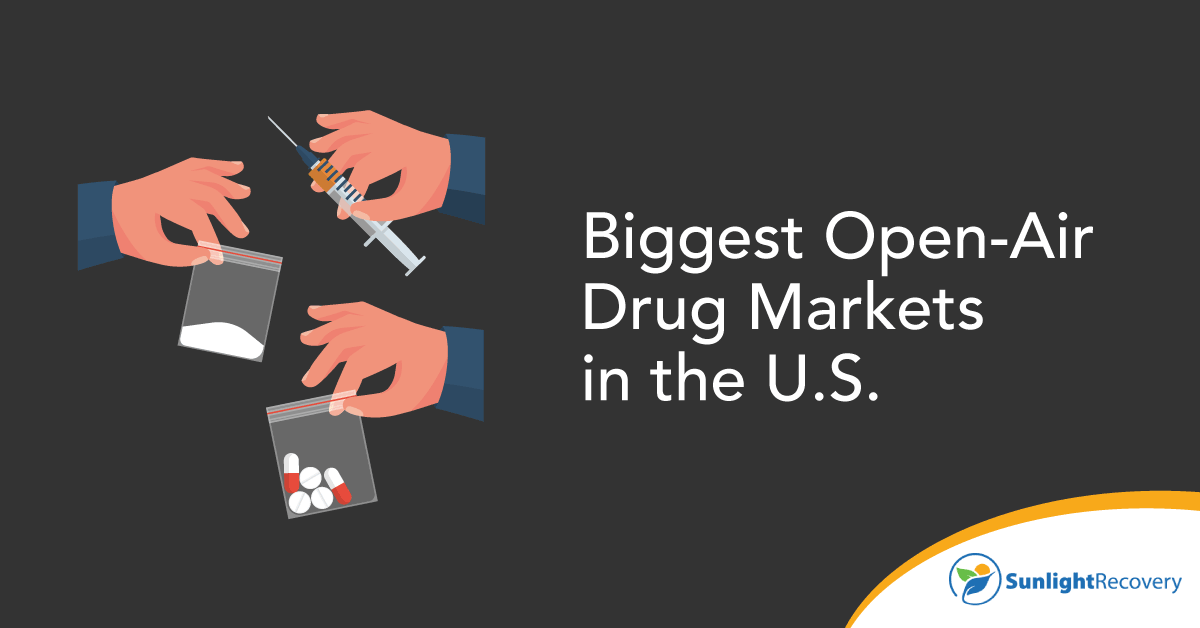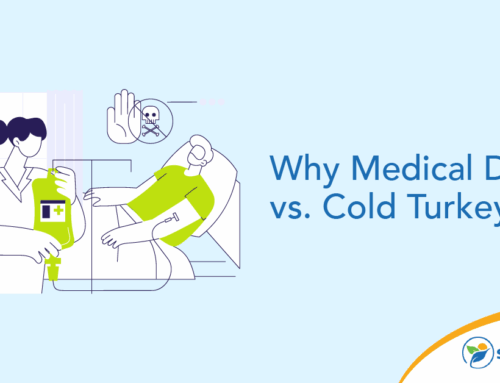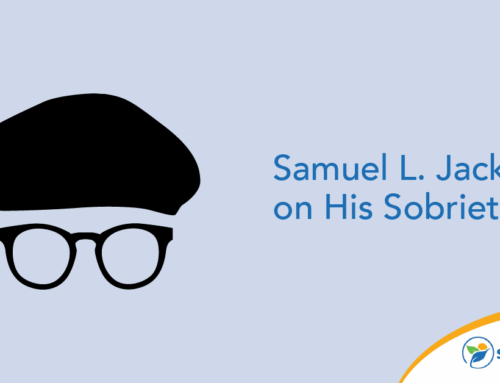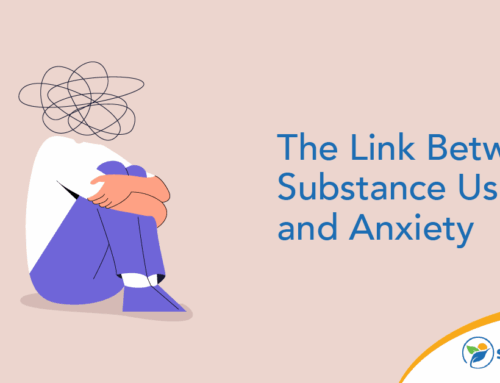While public agencies have launched numerous drug awareness campaigns over the years, illicit substance abuse continues to contribute to health crises in the United States. From 1999 through 2021, deaths related to overdoses rose by the tens of thousands, with fentanyl-related deaths rising from 0 in 1999 to close to 70,000 in 2021. So-called ‘open-air drug markets’, such as the Kensington drug market in Philadelphia, have contributed to these figures
What Is an Open-Air Drug Market?
“Open-air drug market” is a term the media and others use to describe an area where illicit drug use and sales are common and appear to lack law enforcement. Typically, it refers to a specific geographic area within a city, making it easy for people who are selling and buying these drugs to locate each other. Some people who struggle with substance abuse have said that open-air drug markets are places they can go to get high without feeling judged by the people around them. They are often described as areas that ‘police won’t go into’ due to levels of crime, though, these stories are often sensationalized.
The Biggest Open-Air Drug Markets: The Kensington Drug Market and Others
One of the biggest and most well-known open-air drug markets is the Kensington, Philadelphia, drug market. It is located in the area between the Allegheny and Huntingdon stations in Philadelphia, but there isn’t an official location or building. The term, “market”, in this context doesn’t refer to an actual place of business or a group of businesses but to the illicit activity known to take place throughout a certain neighborhood.
Other locations in the United States that are known for this type of open illicit drug use and sales include:
- The Tenderloin district in San Francisco
- Various Oregon drug markets in Portland
- Various Seattle-based drug markets
- DC drug markets, including one in Chinatown
How Do Open-Air Drug Markets Impact Surrounding Communities?
These locations tend to have a negative impact on the communities that surround them. For example, crime is up in the Tenderloin district of San Francisco, but residents are afraid to speak up about issues to news outlets. They’re reportedly scared of retaliation from criminal elements doing business in the neighborhoods. One woman did tell CNN that, “it’s just bad”, and that she was moving as soon as she was financially able to.
Even individuals who used to see the open-air drug markets as safety zones for illicit drug use are pointing to growing problems and dangers in these areas. A man recovering from heroin addiction told news reporters that the Kensington drug market isn’t safe anymore and that he’s watched it get dramatically worse and cause a lot of suffering and pain.
Some specific negative impacts these locations have on surrounding communities include:
- Increased access to illicit drugs. These areas increasingly bring illicit drugs into the community. Many times, as in the case of the Kensington drug market, it begins with substances such as heroin or cocaine. However, even more dangerous drugs like fentanyl and tranq make their way into the markets as dealers push lower-quality drugs that have devastating and often lethal side effects.
- Reduction of retail or other business in the area. As these areas become known for illicit drug use and deals, legal businesses often lose customers or move out of the neighborhood. This reduces jobs and income in the area.
- Rising crime rates. Crime has increased around these drug market areas in most cities where they’re found. In addition to illegal drug use and sales, theft, violent crime, and other criminal activities are up.
- Mental and physical health crises. All this leads to growing mental health and physical health needs within these communities. The people living in these areas may be anxious about their safety and at a loss for options to move out. Those who are using drugs in the open-air markets are at risk of falling deeper into the addiction cycle, taking drugs that leave them with flesh-eating wounds or experiencing a fatal overdose.
What Mental Health Services Are Available to Help With Drug Use?
In many of these areas, agencies work to provide education about mental health services that can help people battle addiction and get out of the cycle of drug abuse. The Philadelphia government offers a community behavioral health hotline that’s open 24 hours a day to help connect people who don’t have insurance or have Medicaid with addiction and mental health treatment.
What Efforts Have Cities, Other Governments and Organizations Used to Reduce Public Drug Activity?
City governments, law enforcement and other agencies have worked to try to address the public drug activity that goes on in these open-air market locations — as well as in other areas of cities and towns. However, according to one study that followed officers patrolling the Kensington location for 10 months, government efforts like this face a number of challenges.
According to the study, police forces in these areas are overwhelmed “on the front line of community safety.” They also face challenges when it comes to actual or perceived politics regarding these types of situations and the correct way to handle what they find in the open-air drug markets. The fact that these locations are openly known also creates challenges because more people work their way into the area to sell drugs or get high as governments work to reduce the activity that’s already present.
Innovative Approaches to Address Open-Air Drug Markets
While the struggles are clear, governments and other agencies aren’t giving up. Across the globe, governments are testing innovative approaches to address open-air drug markets, such as an open-arms harm reduction program in Brazil. Such programs seek to address the causes of drug abuse, such as lack of housing and employment and mental health needs. The hope is that by solving root cause issues, they can disrupt the demand in these drug markets.
Start the Process of Disrupting Your Drug Abuse Cycle
If you’re struggling with addiction in Florida, we can help you disrupt the cycle and begin a journey to a healthier lifestyle. Find out more by contacting Sunlight Recovery today.







